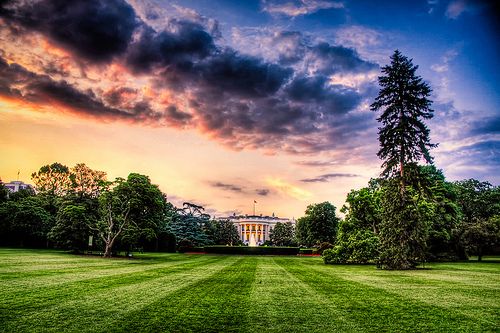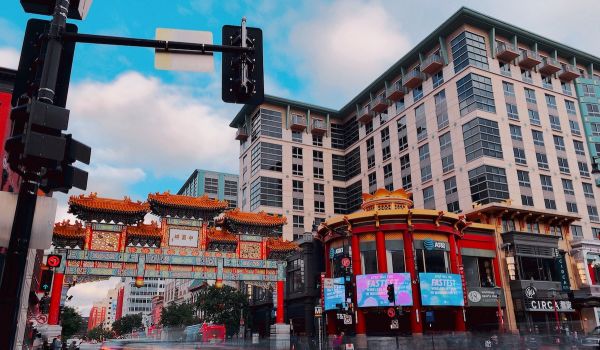I have a favorite You Tube clip of a skit that comedian Louis C.K. does on the old Conan O’Brien show. The comedian laments how modern life — airplanes, wireless internet — is amazing, and yet nobody is happy. Watch it and laugh for a few minutes, then come back.
You could say the same thing about the urban affairs media — we have an historic White House Office of Urban Affairs, and yet the media have been skeptical of its utility since Day One. We have an office that is aligning the missions of a dozen government agencies to further the prosperity and livability of cities, and yet because urban issues aren’t the forefront of the Obama agenda — in a year when Congress passed healthcare reform and is debating immigration and climate change reform, two major earthquakes killed hundreds of thousands of people and an oil rig explosion devastated the Gulf Coast — bloggers are blaming Adolfo Carrion for not having gotten enough done in his 13-month tenure.
When the White House Office of Urban Affairs was just a twinkle in Barack Obama’s eye, reporters would call me to ask what I thought about Obama’s urban agenda. When Carrion was named the Director of the White House Office of Urban Affairs, they asked me what I thought of Carrion. And lately, amid rumors that Carrion was leaving office (he is leaving, but for HUD rather than for Andrew Cuomo’s campaign), reporters have asked me to weigh in on Carrion’s track record (sometimes misquoting me). All of this has prompted a bit of soul searching about what role the media should play in covering this office and national urban policy in general. Are the urban affairs media helping further an urban agenda, or just derailing it?
Here are a few hastily put-together thoughts:
1. Pick on Someone Your Own Size
The media attention to the White House Office of Urban Affairs is disproportionate to the actual size of the office. And their expectations are impossibly high given the structure of the government and the reality of urban development in the United States. The WHOUA has a staff size and budget of about the same size as Next American City. People have been expected Carrion to rewrite the rules of urban development in the United States that have accumulated over the past half-century in a term that lasted just one year. Not gonna happen. Not only is it not going to happen in one year, but possibly not in one term. These new offices — the Office of Social Innovation, or of Valerie Jarret’s Office of Public Engagement — are amorphous and new. Who knows what they can or will accomplish? But why aren’t some bloggers focusing their ire in that direction? The urban affairs media has grown exponentially, thanks to outlets like Next American City, Streetsblog, and others, so much so that we’re no longer picking on a target of our same size.
2. Criticism Should be Constructive and Well Reported
Since when did we all start quoting the Daily News? The quote about Adolfo Carrion being “bored” with his position at WHOUA practically went viral. And yet few reporters took the next logical step of trying to get a quote from Carrion or from other White House figures like Derek Douglas to weigh in on the situation. What’s worse is that all the reporting about the WHOUA has failed to propose new ideas about how this office should be functioning. Which bloggers were taking advantage of this story to propose new ideas for the WHOUA? Like …. the office should be focused on reconstructing the financing and communications methods between urban counties and the federal government? Or that it should take up the role of forcing the Dept. of Energy to come to the urban table more often? Or it should make deeper connections between our metros’ needs and immigration and climate change reform to try to sway public and political opinions on these matters.We should be putting ideas where our mouths are.
3. Recognize that Symbols Matter
Obama built his campaign on symbols. Many bloggers and commentators have taken issue with the WHOUA’s Listening Tour and speaking engagements. But the fact is that actually representing the federal government in cities around the country is powerful. If the WHOUA did nothing else except try to share the gospel of Brookings to cities that needed to hear it, and then in turn listened to those cities’ needs and informed other White House agencies about those needs, would that be a step forward?
These are just some of my thoughts — I’d love to hear yours.

Diana Lind is the former executive director and editor in chief of Next City.


_600_350_80_s_c1.jpg)













